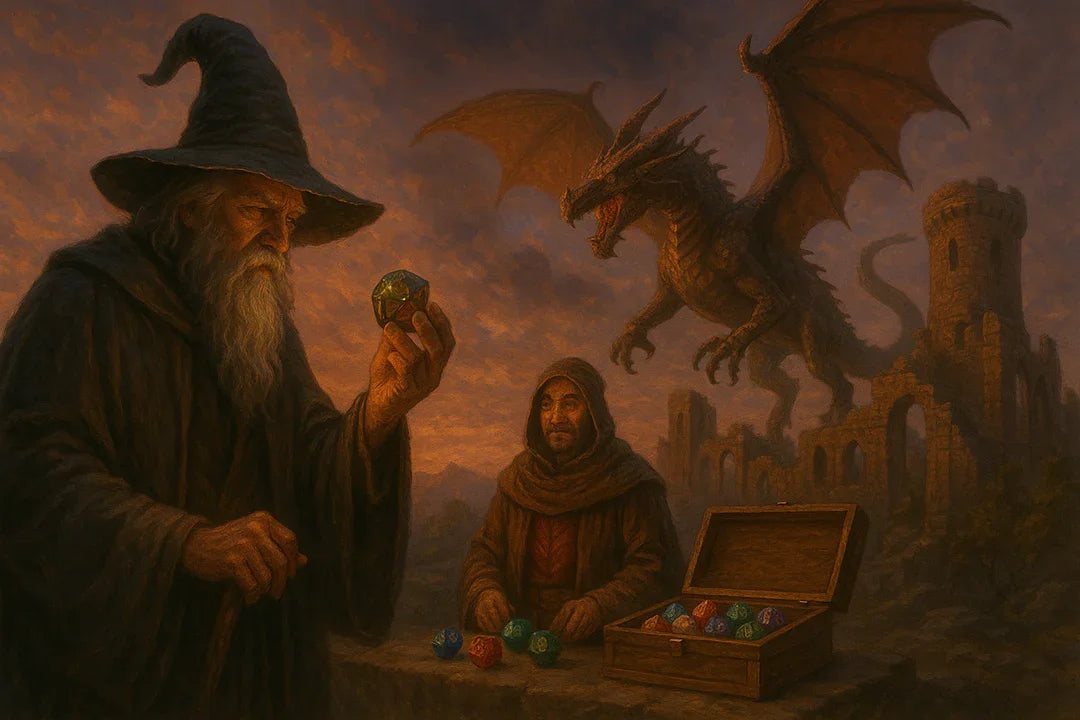
Handmade vs. Mass‑Produced DnD Dice: What Collectors Should Know
Updated on: 2025-12-17
Dice are the heartbeat of tabletop gaming, deciding everything from epic battle outcomes to hilarious mishaps. For collectors, dnd dice are more than just randomizers; they’re tiny works of art and tangible memories of campaigns past. But not all dice are created equal, especially when comparing handmade sets to their mass‑produced counterparts. If you’ve ever wondered whether artisanal dice are worth the premium, or how factory‑made sets stack up, this guide is for you.
What Counts as Handmade Dice?
Handmade dice are typically produced in small batches by independent artisans. Makers create silicone molds, mix resin with pigments and inclusions, and pour each die individually. Many use pressure pots to eliminate bubbles, then sand and polish the dice by hand. The result is a set where every piece has a unique pattern or shimmer, no two sets are exactly alike. Handmade sets often feature sharp edges, embedded glitter, flowers, or mini figurines. Because of the labor involved, artisanal dice cost more and quantities are limited.
How Mass-Produced Dice Are Made
Most dice on the market are mass‑produced through injection molding. The BoardGameHelpers article explains that injection‑mold casting is one of the three main methods of manufacturing dice. Hot liquid plastic or resin is injected into multi‑cavity molds to produce multiple dice at once. Once the material cools, the mold opens and the dice are clipped from a connecting rod called a “casting rudder.” This clipping leaves a small nub known as a “sprue.” The dice are then tumbled in a barrel with abrasive media to remove sprues and round the edges. After painting the numbers, the dice go back into a tumbler again to polish off excess paint.
Mass production is efficient but imperfect. During tumbling, edges are rounded unevenly, sometimes leaving dice slightly egg‑shaped. This can introduce bias, causing dice to favor certain faces. Injection‑molded dice are also cheaper to make, so game publishers use them in boxed sets and starter kits.
The Pros and Cons of Mass-Produced Dice
Pros:
- Affordability: Mass‑produced dice are inexpensive. Basic acrylic or resin sets typically cost $7–15, making them great for beginners or players who need lots of dice.
- Availability: You can find factory‑made dice in most hobby shops and online stores, often in many colors and designs.
- Consistency in appearance: Because molds are standardized, mass‑produced dice in the same batch look identical and have uniform fonts.
Cons:
- Potential imbalance: The injection‑mold process and subsequent tumbling can lead to uneven weight distribution. Cheap dice may have bubbles or irregular faces that affect randomness.
- Rounded edges: The tumbling that removes sprues also rounds the edges. While smooth edges feel nice, they can allow dice to roll too long and settle unpredictably, which some players dislike.
- Less uniqueness: Mass‑produced sets lack the personal touch and intricate inclusions of handmade dice. Collectors may find them less exciting.
The Pros and Cons of Handmade Dice
Pros:
- Unique artistry: Each handmade set is one of a kind. Artisans experiment with colors, inclusions, and finishes that mass‑production can’t replicate.
- Personal connection: Buying handmade dice often means supporting an individual creator. Knowing who made your dice and seeing behind‑the‑scenes photos can be rewarding.
- Customization: Many makers accept custom commissions. You can request colors that match your character’s theme or specific inclusions, making the dice deeply personal.
- Sharp edges: Makers often leave edges crisp instead of tumbling them, resulting in dice that feel more precise. Sharp edges can help dice stop rolling sooner, which some players prefer.
Cons:
- Higher cost: Artisanal dice require more labor and materials, so they’re more expensive. Gemstone or glass sets can cost $50–100 or more.
- Limited availability: Small‑batch production means handmade dice sell out quickly, and wait times for custom orders can be long.
- Potential imperfections: Despite attention to detail, handmade dice can contain microbubbles or slight weight imbalances depending on the maker’s techniques. Skilled artisans use pressure pots and careful sanding to minimize these issues, but perfection isn’t guaranteed.
- Care requirements: Unique inclusions and sharp edges need protection. It’s best to roll handmade dice on soft surfaces and store them in cushioned containers.
Quality & Fairness: How Handmade and Mass-Produced Compare
Fairness in dice is critical because balanced dice give each face an equal chance of landing. Mass‑produced dice suffer from manufacturing steps that introduce bias. For example, BoardGameHelpers notes that tumbled dice may become slightly rectangular or egg‑shaped, causing them to settle with the center of gravity at the lowest point. Similarly, injected dice have molded lines and sprues that require removal; if not polished uniformly, this affects balance.
 Handmade dice, while individually crafted, can also suffer from imbalance if bubbles or heavy inclusions aren’t properly managed. However, many artisans use pressure pots to remove air bubbles and sand each face to maintain symmetry. Sharp‑edge casting leaves crisp edges and vertices, which can contribute to more stable rolls. Ultimately, fairness depends on the maker’s skill and quality control. When shopping for handmade dice, look for makers who test their sets and disclose their processes.
Handmade dice, while individually crafted, can also suffer from imbalance if bubbles or heavy inclusions aren’t properly managed. However, many artisans use pressure pots to remove air bubbles and sand each face to maintain symmetry. Sharp‑edge casting leaves crisp edges and vertices, which can contribute to more stable rolls. Ultimately, fairness depends on the maker’s skill and quality control. When shopping for handmade dice, look for makers who test their sets and disclose their processes.
Materials & Price: What Drives Cost?
Both handmade and mass‑produced dice can be made of resin, metal, or gemstone. Material choice influences price and feel:
- Resin Dice: Affordable and versatile. Basic sets are mass‑produced, while high‑end resin sets with foils, glitter, or sharp edges are usually handmade.
- Metal Dice: Heavier and more durable. Basic cast metal sets cost $20–40. Precision‑machined metal dice are labor‑intensive, leading to higher prices. Metal dice should be rolled in trays to prevent damage.
- Gemstone Dice: Luxurious and collectible. Hand‑carved and polished stone sets start at around $50 and can exceed $120. Mass‑produced gemstone dice are rare because stones require careful cutting and polishing.
Tips for Collectors: Choosing Between Handmade and Mass-Produced
- Consider your budget. If you want variety or need lots of sets, mass‑produced resin is cost‑effective. For special occasions or heirlooms, save up for handmade or gemstone dice.
- Think about use. Will you roll these dice regularly or display them? Handmade sets with delicate inclusions may be best for special sessions or display cases. Mass‑produced sets are ideal for everyday play.
- Check the maker’s reputation. For handmade dice, read reviews and look for photos of finished sets. Makers who use pressure pots and post about their processes often produce more balanced dice.
- Inspect in person if possible. Look for crisp numbers, centered pips, and smooth faces. Ask if the maker tests their dice for balance.
- Invest in accessories. Regardless of type, a dice tray keeps dice contained and protects both dice and surfaces. Cushioned bags or boxes prevent scratches and cracks.
Caring for Your Collection
Once you’ve chosen your dice, protect them. Heavy metal and fragile gemstone dice can chip or scratch tables, so use a padded rolling surface. Store premium sets in lined boxes or padded pouches. Clean resin and metal dice with a soft cloth; avoid harsh chemicals that can damage finishes. For handmade sets with inclusions, avoid exposure to extreme heat to prevent warping. Good care extends the life and appearance of your collection.
A Collector’s Perspective: Why Handmade Dice Hold Special Appeal
Collectors often gravitate toward handmade dice because of the story behind each set. Knowing that someone poured, sanded, and polished your dice adds sentimental value. Limited‑edition runs and artist collaborations create a sense of rarity. Because no two handmade sets are alike, they feel more personal. While mass‑produced dice are perfectly functional, they rarely evoke the same excitement among collectors.
When choosing between handmade and mass‑produced DnD dice set, think about what matters most to you: affordability, uniqueness, fairness, or artistry. Mass‑produced sets are reliable and cost‑effective, but handmade dice offer a personalized touch and often become cherished collectibles. Balance, readability, and proper care are important no matter which type you choose.
Ready to start or expand your collection? Visit Runic Dice to explore our artisan creations. Discover the joy of holding a piece of craftsmanship in your hand, and let each roll carry the story of its maker.



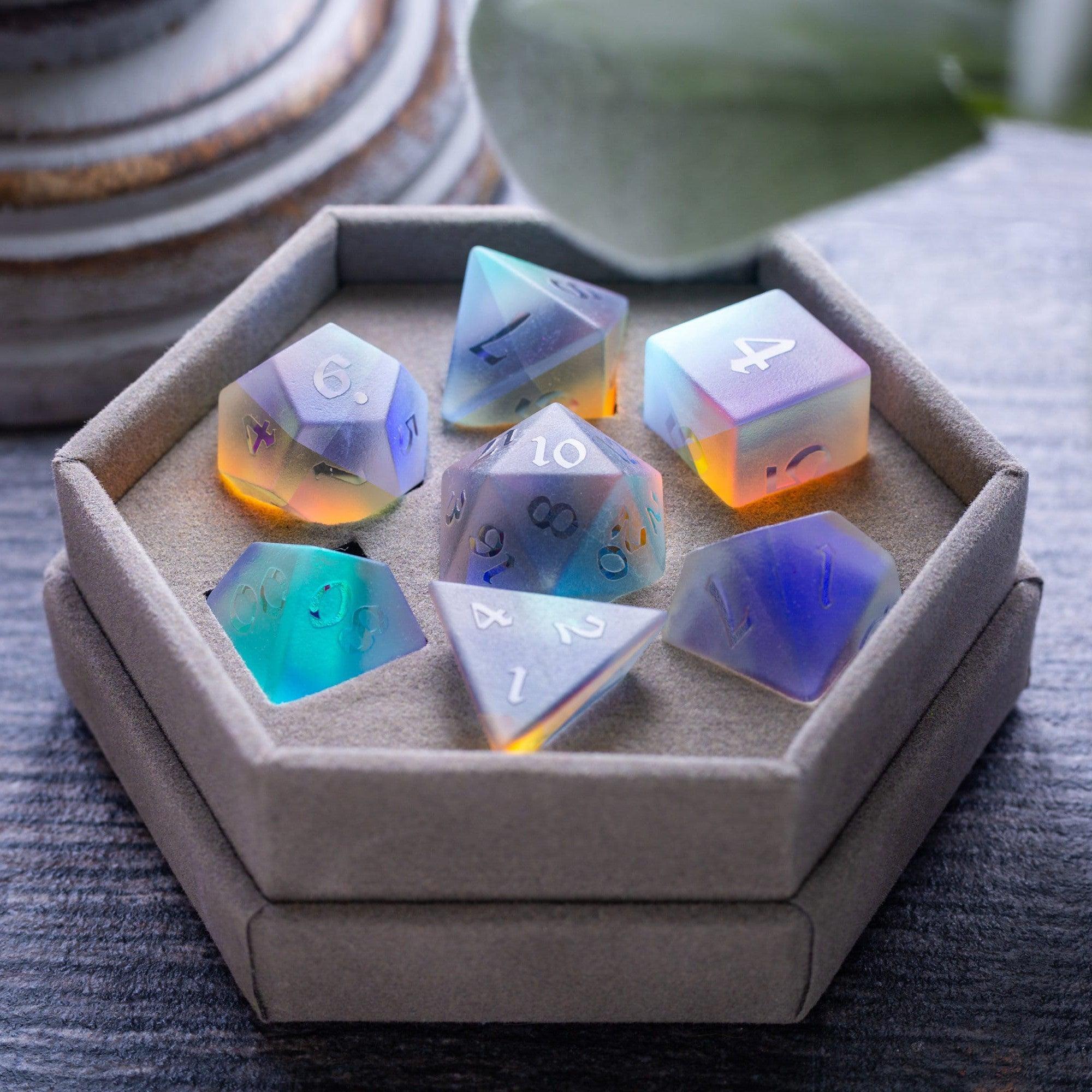
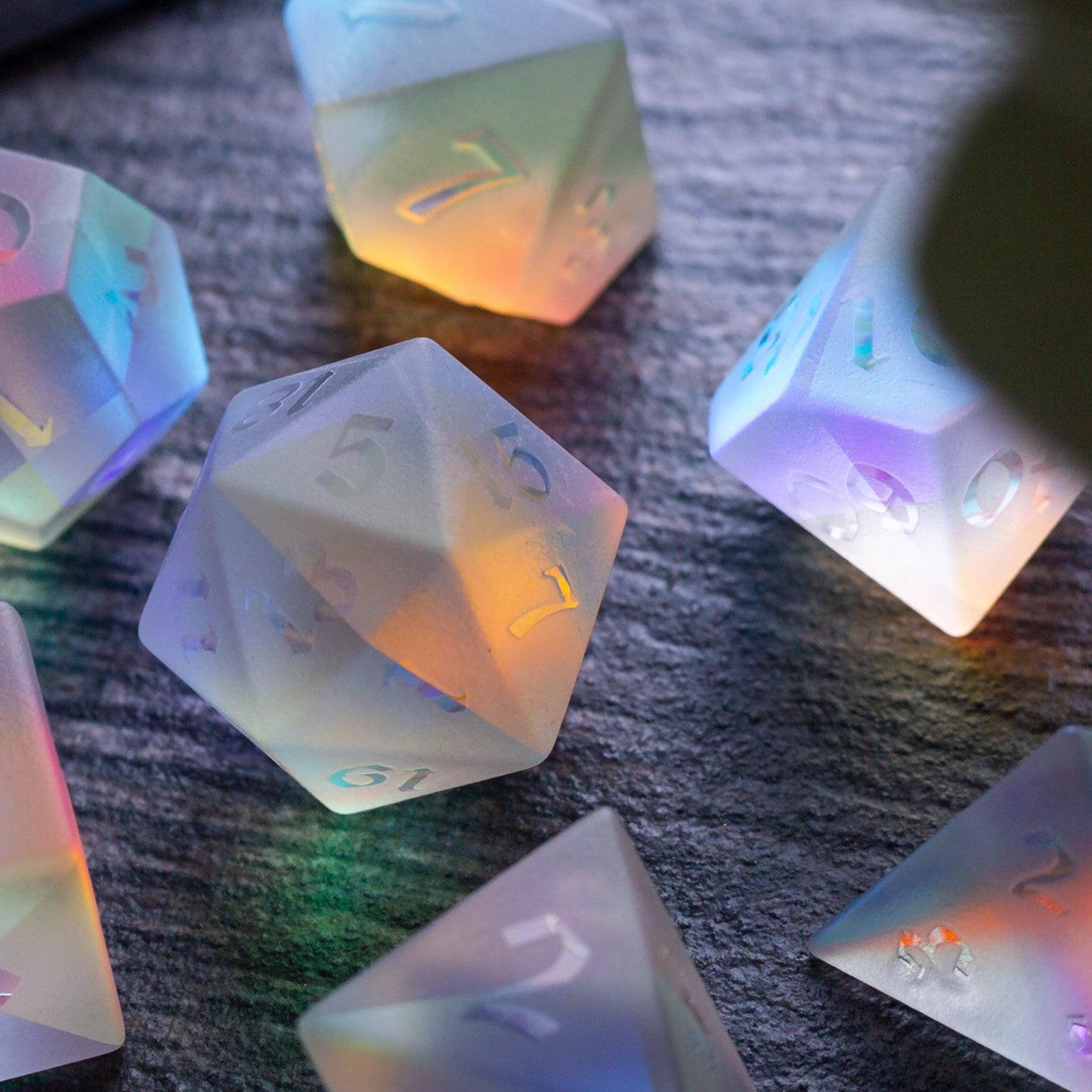
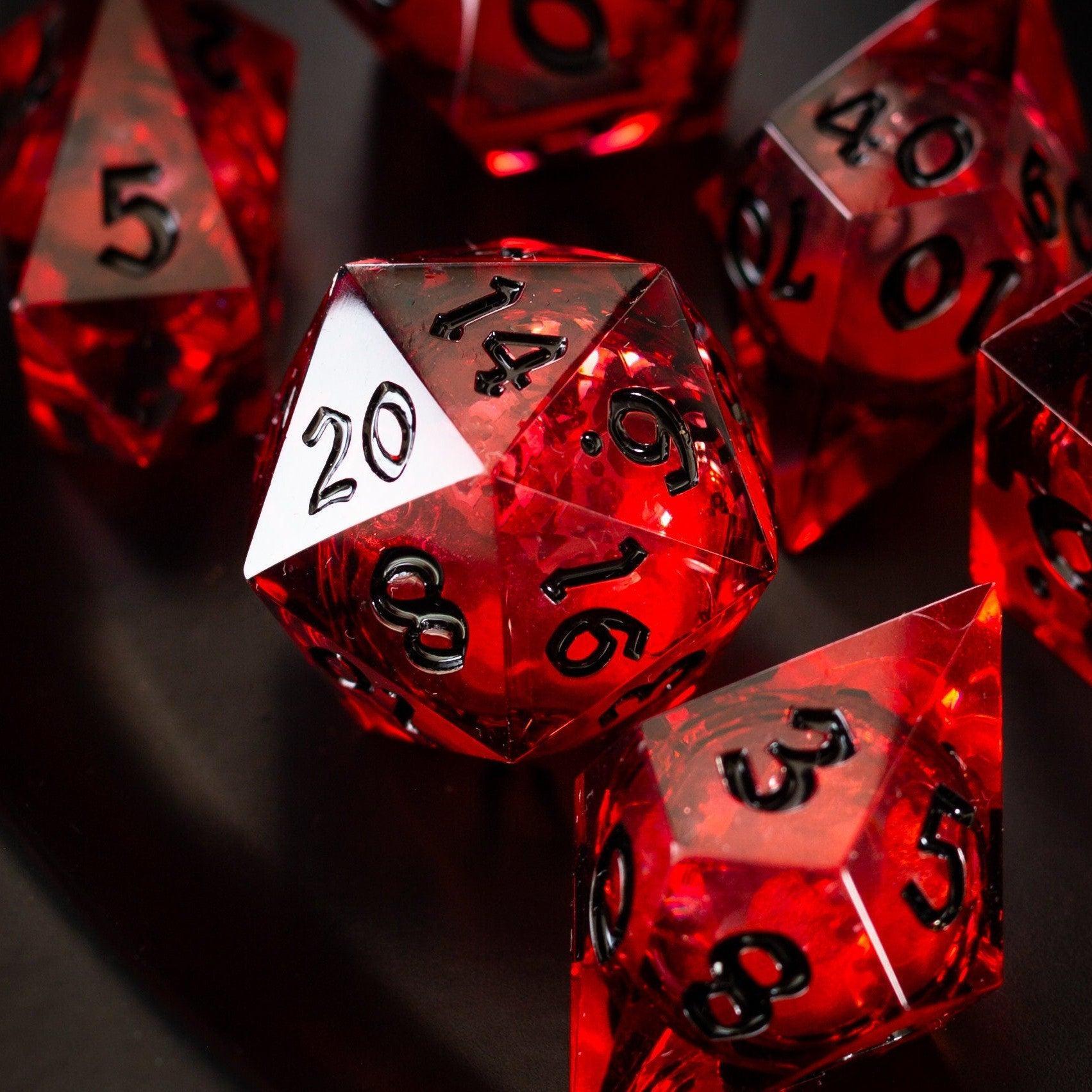
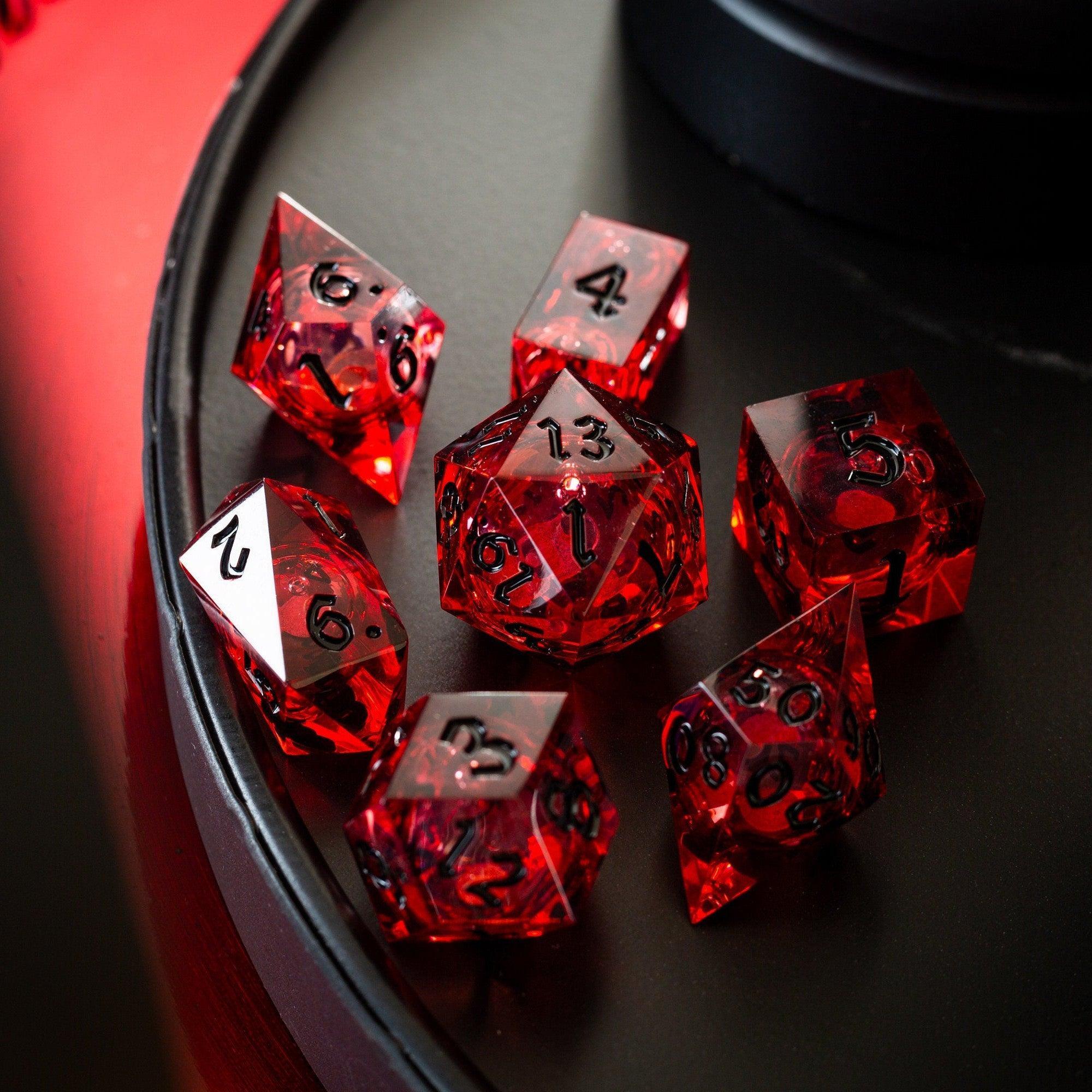
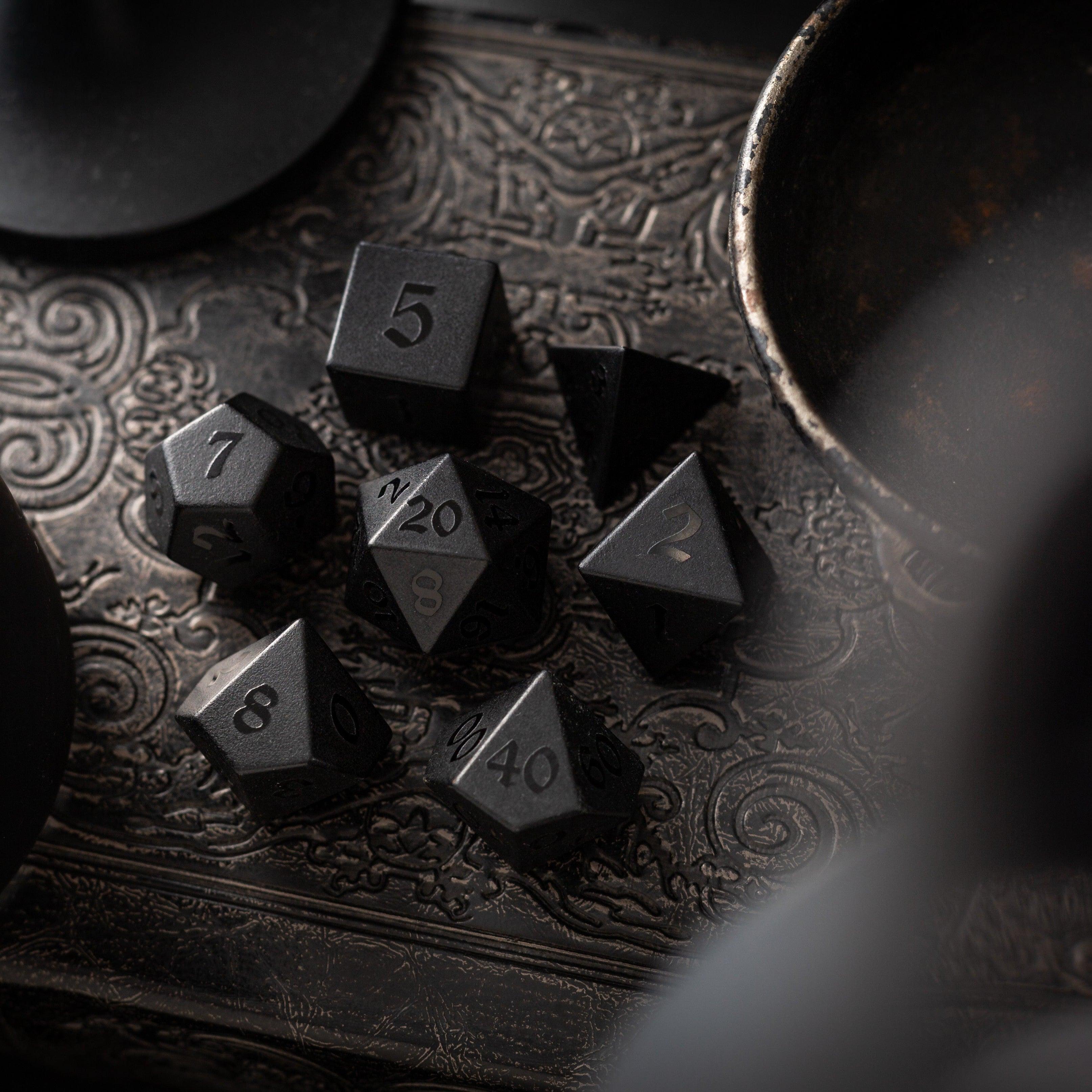
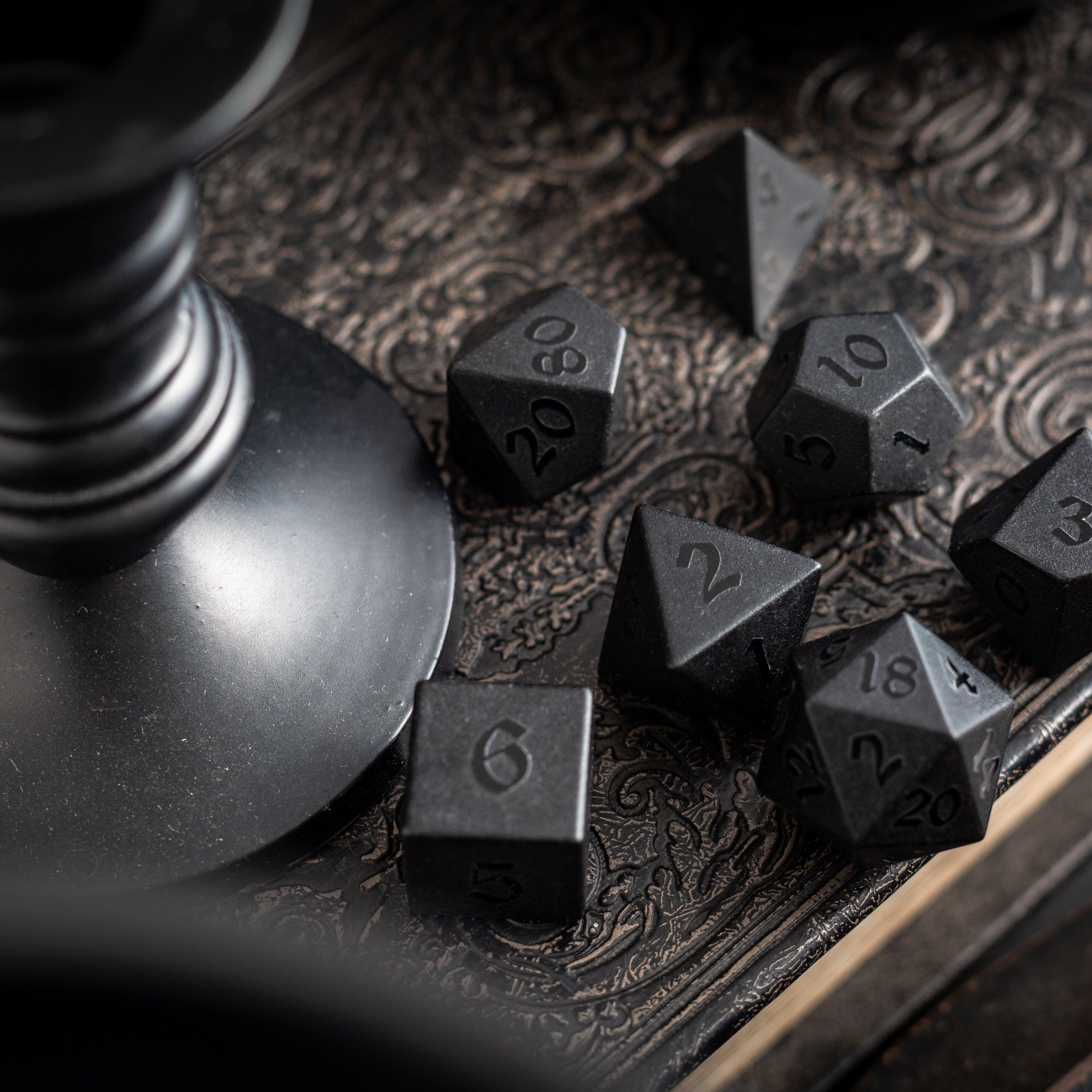
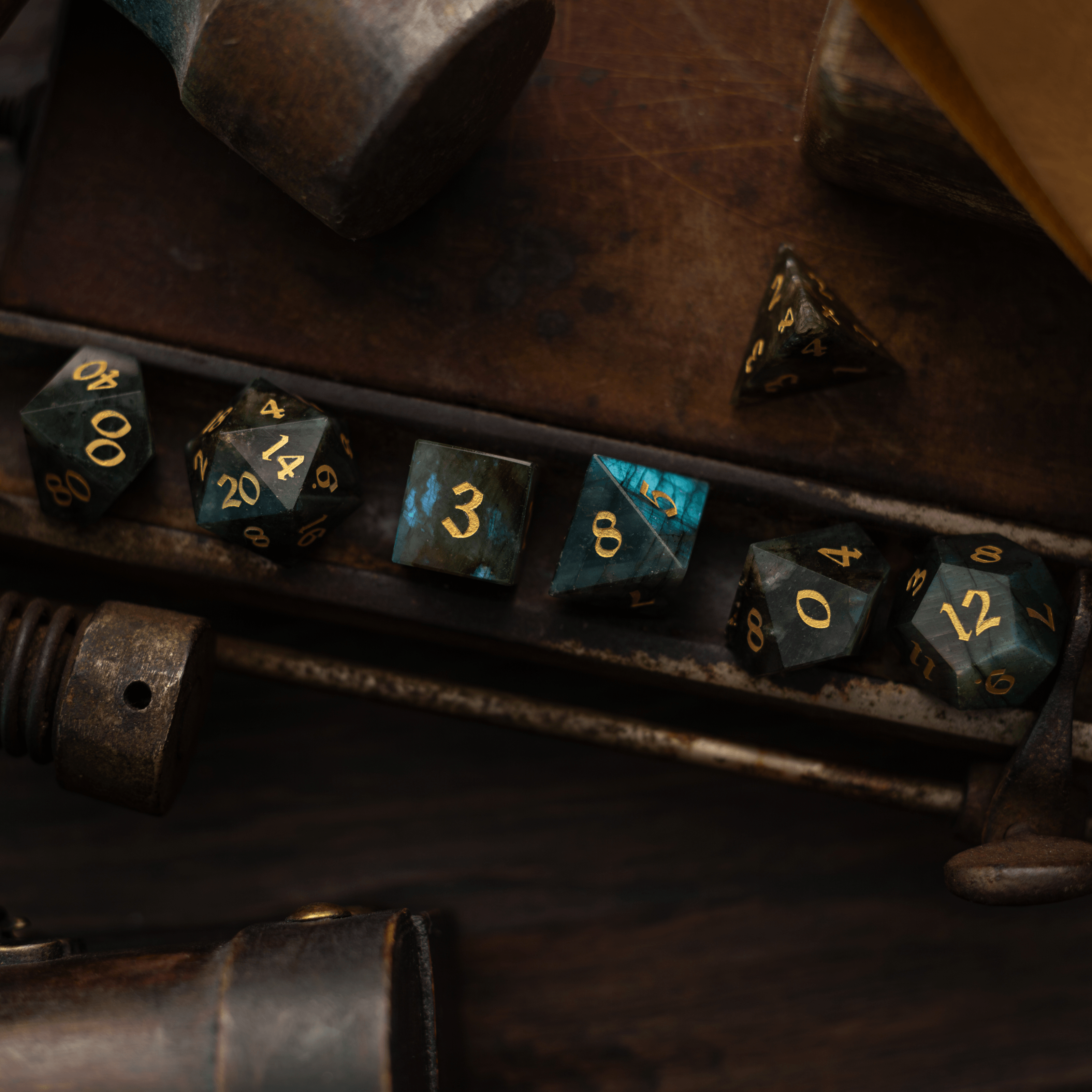
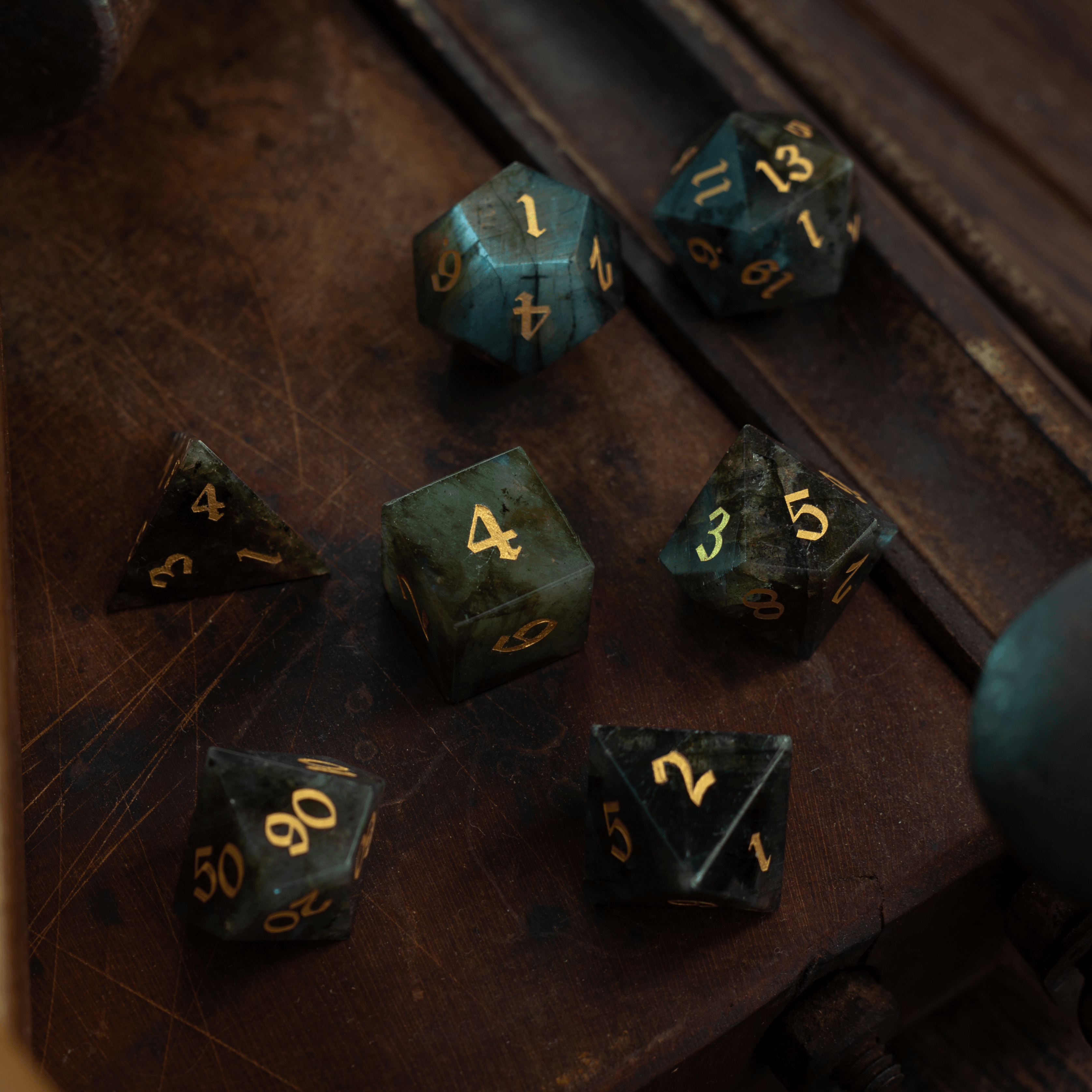
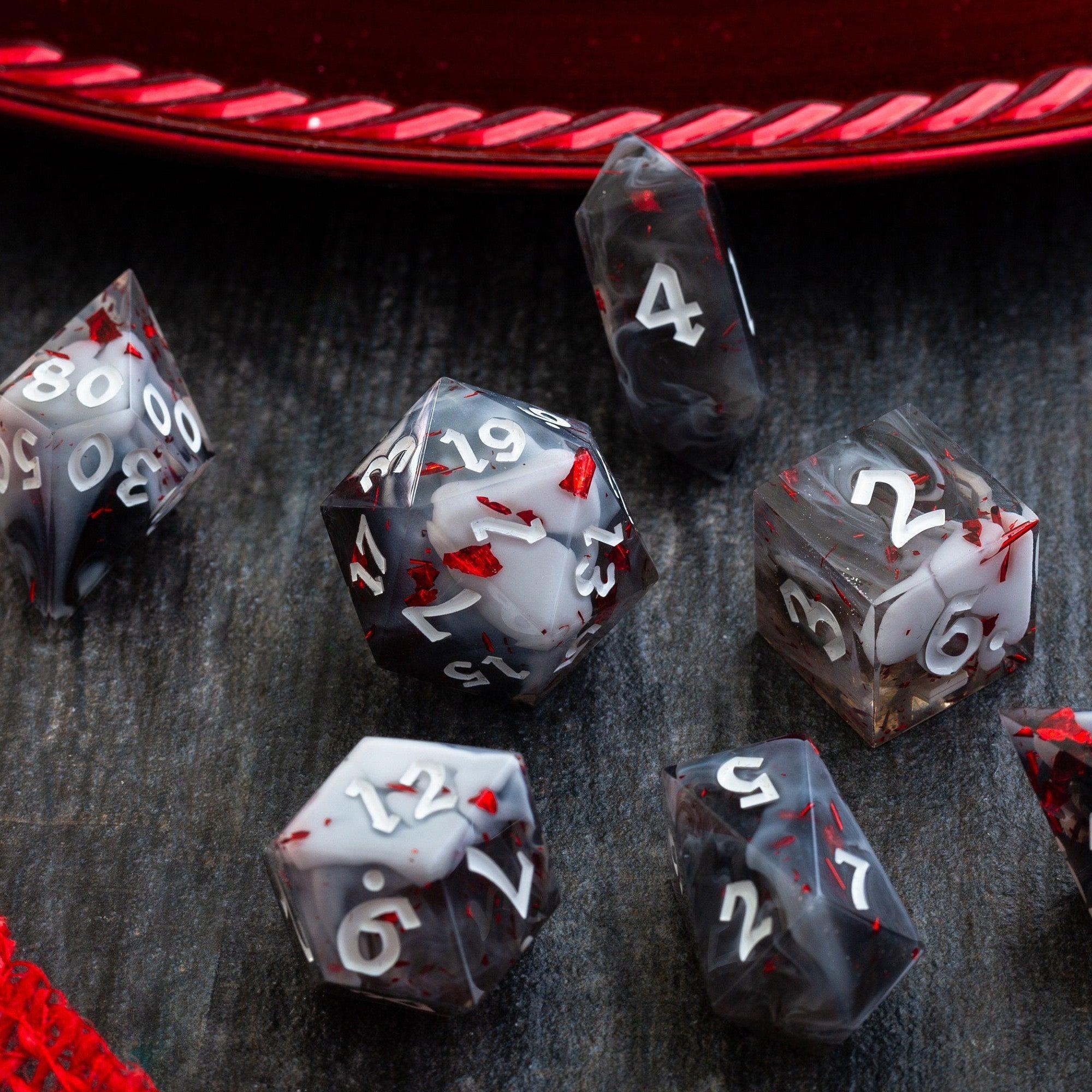
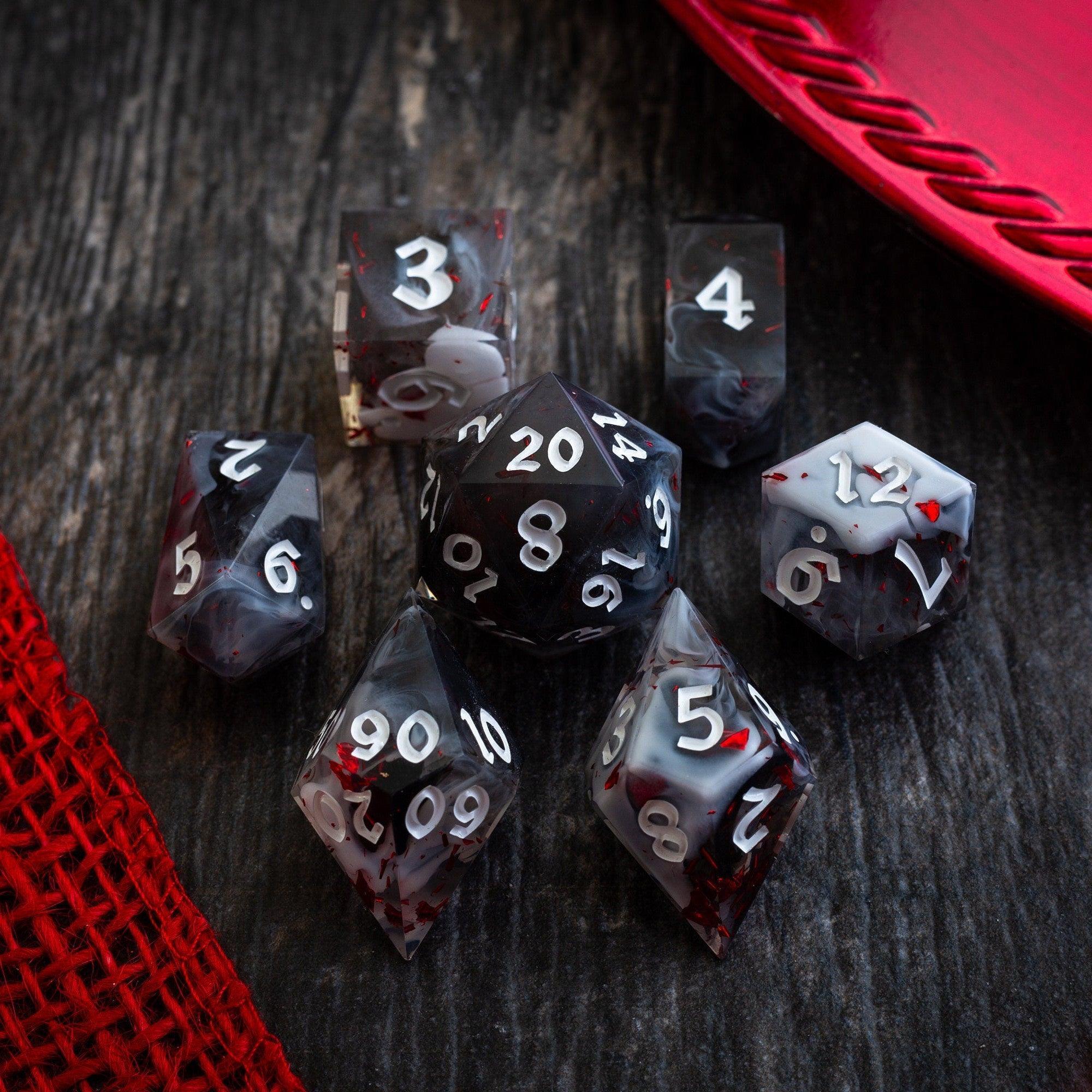
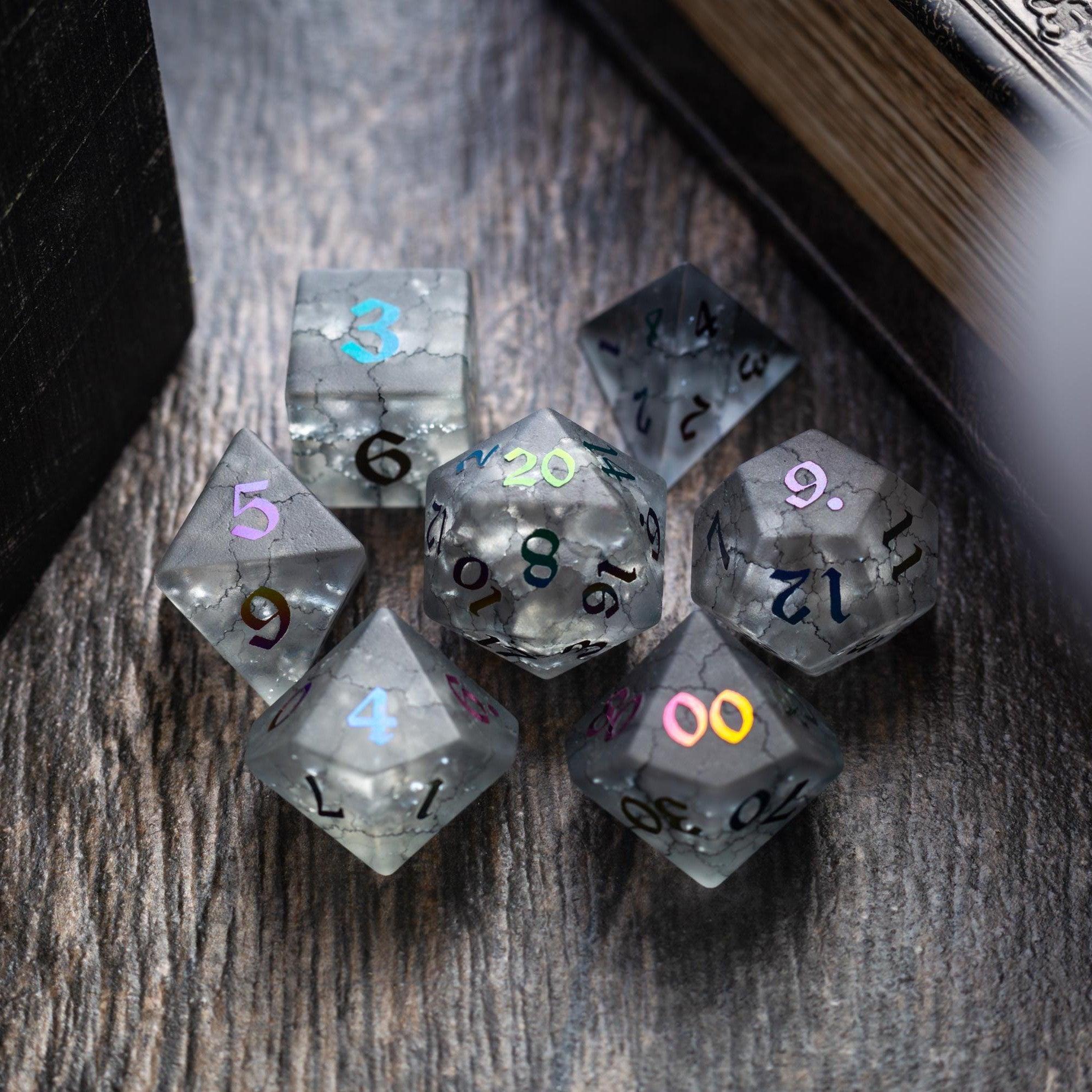
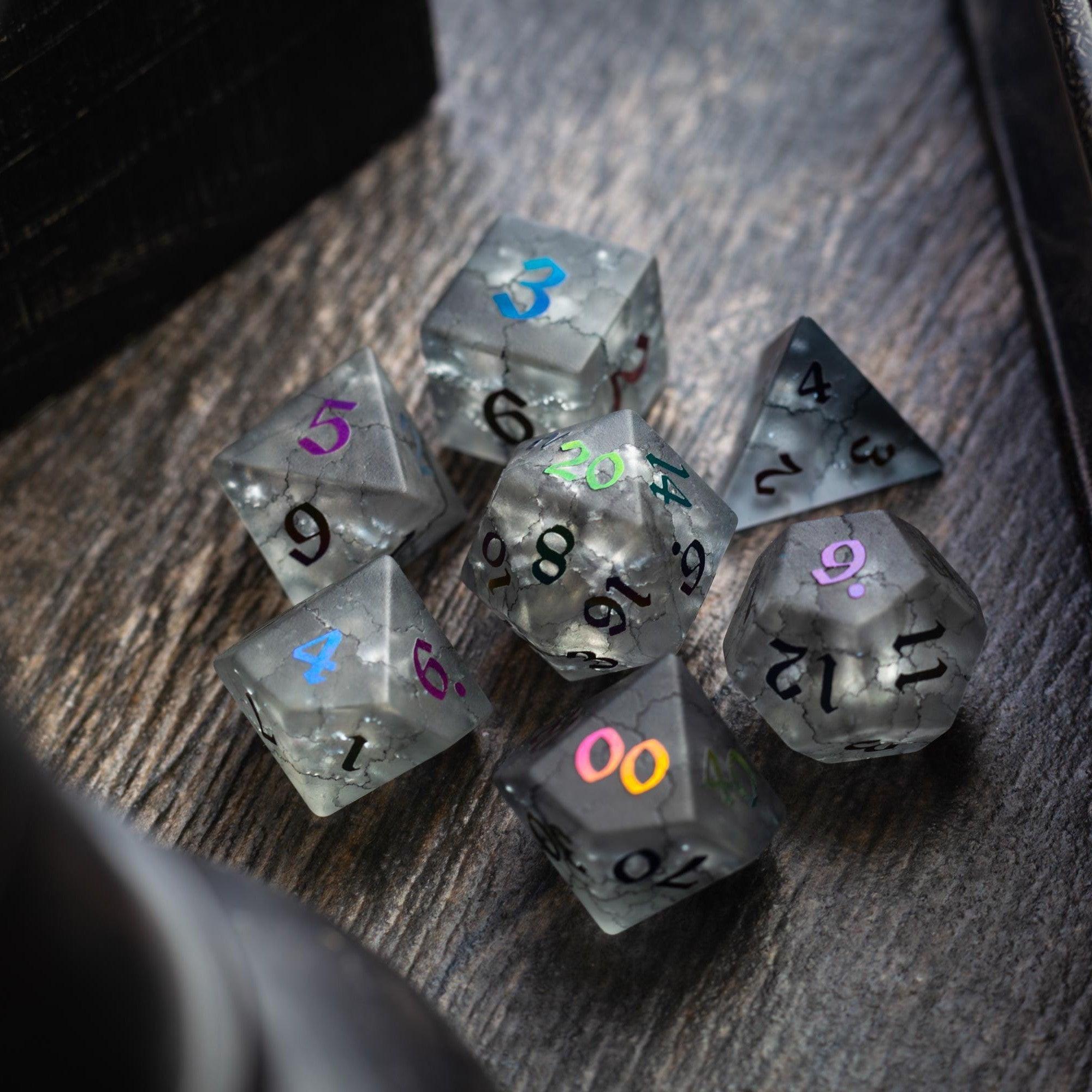
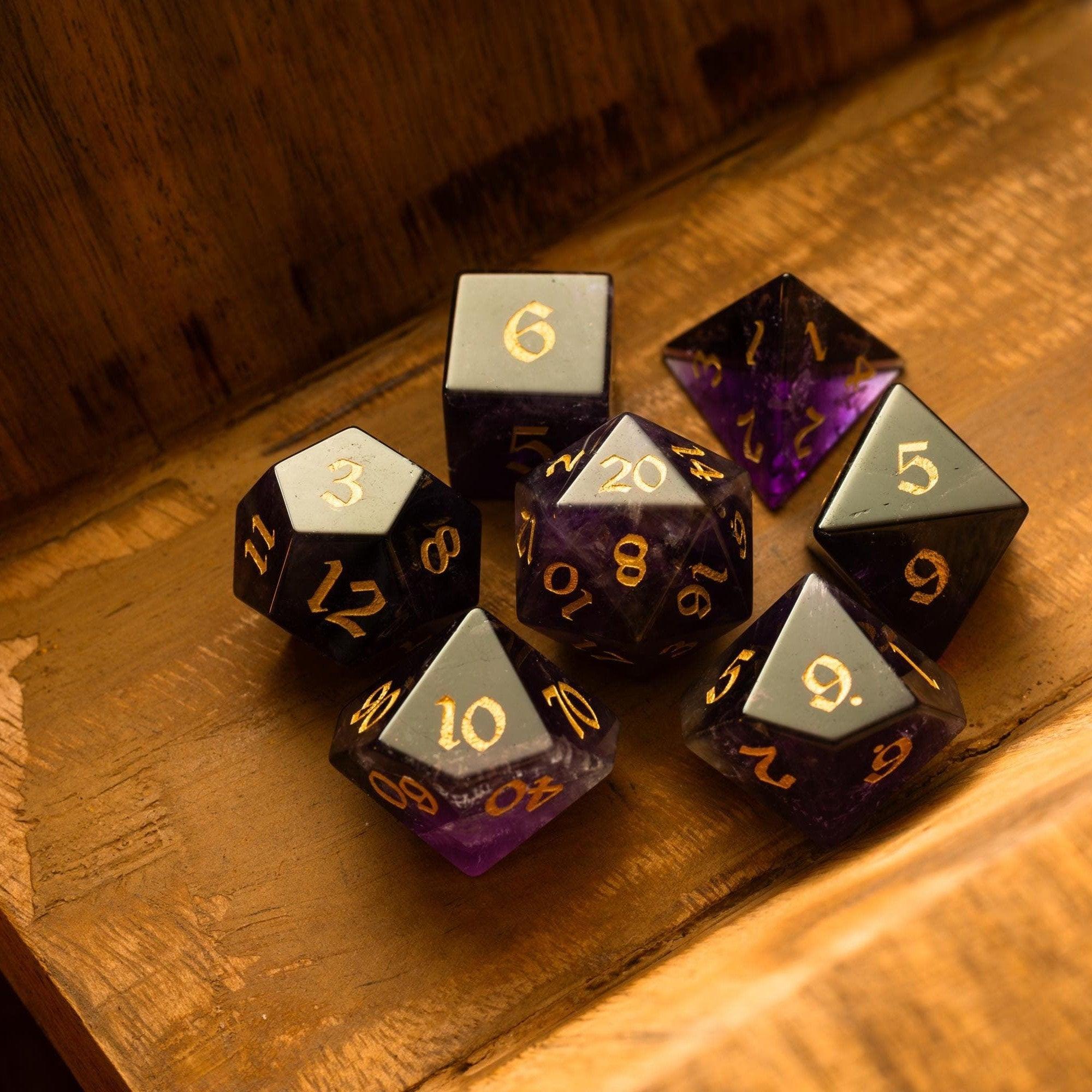
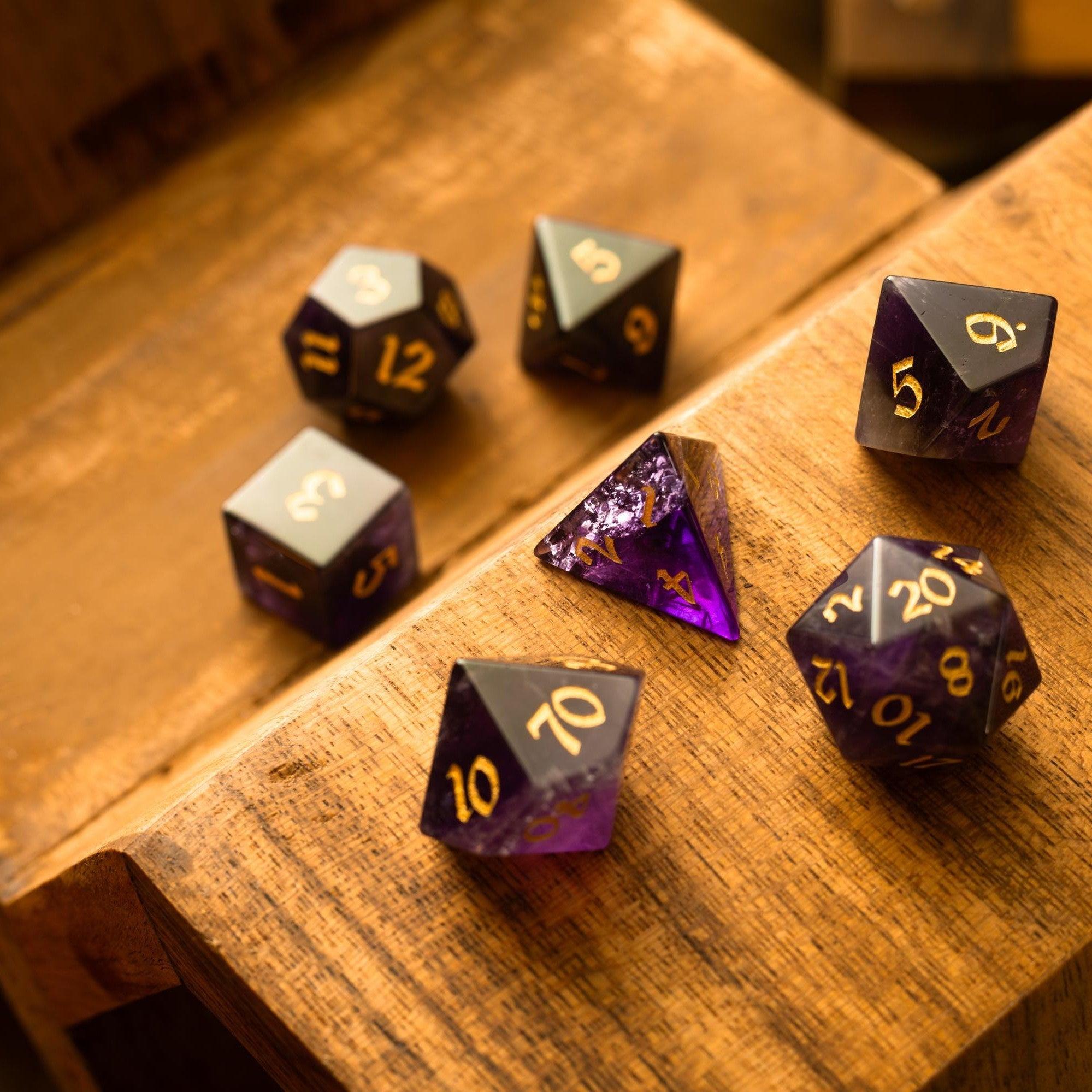
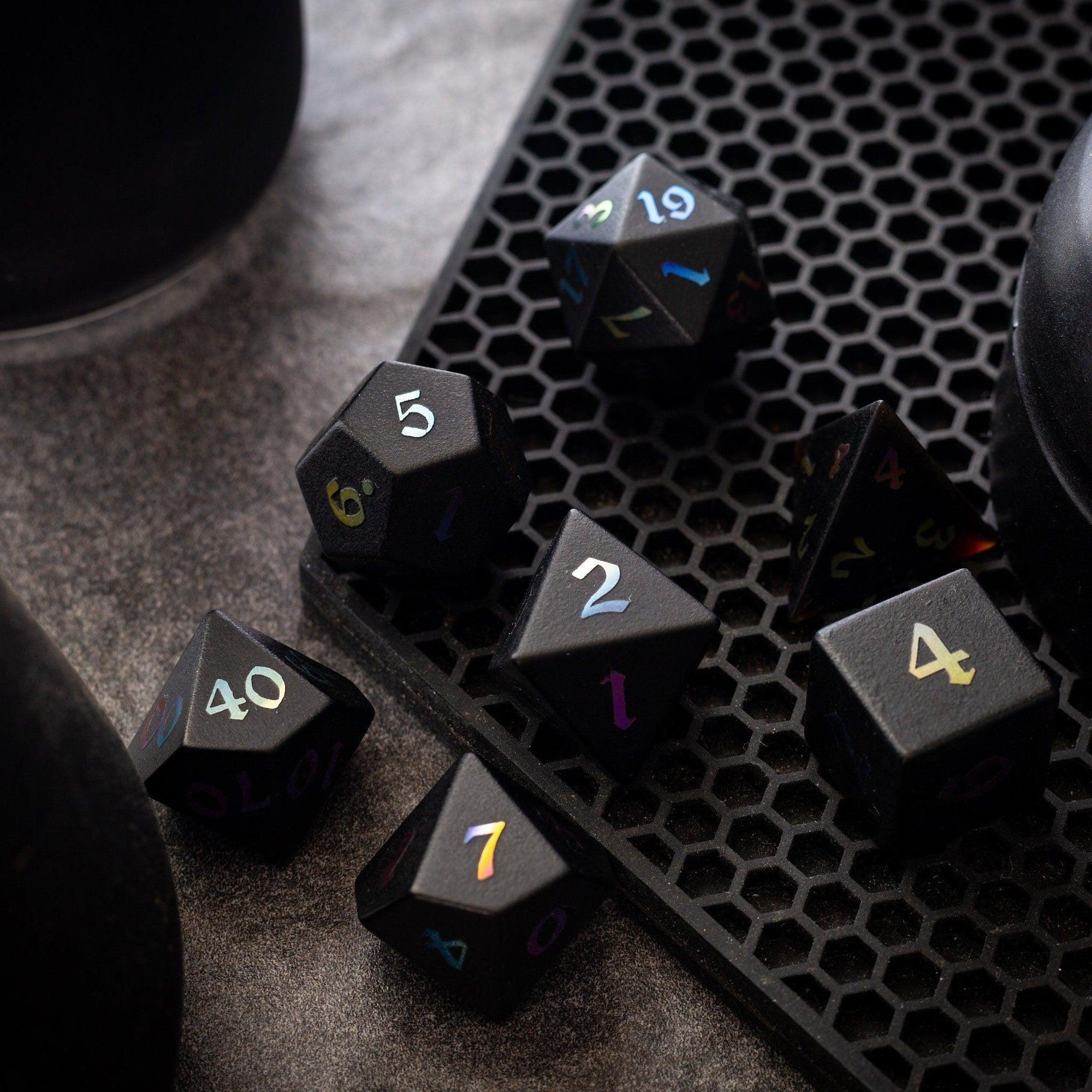
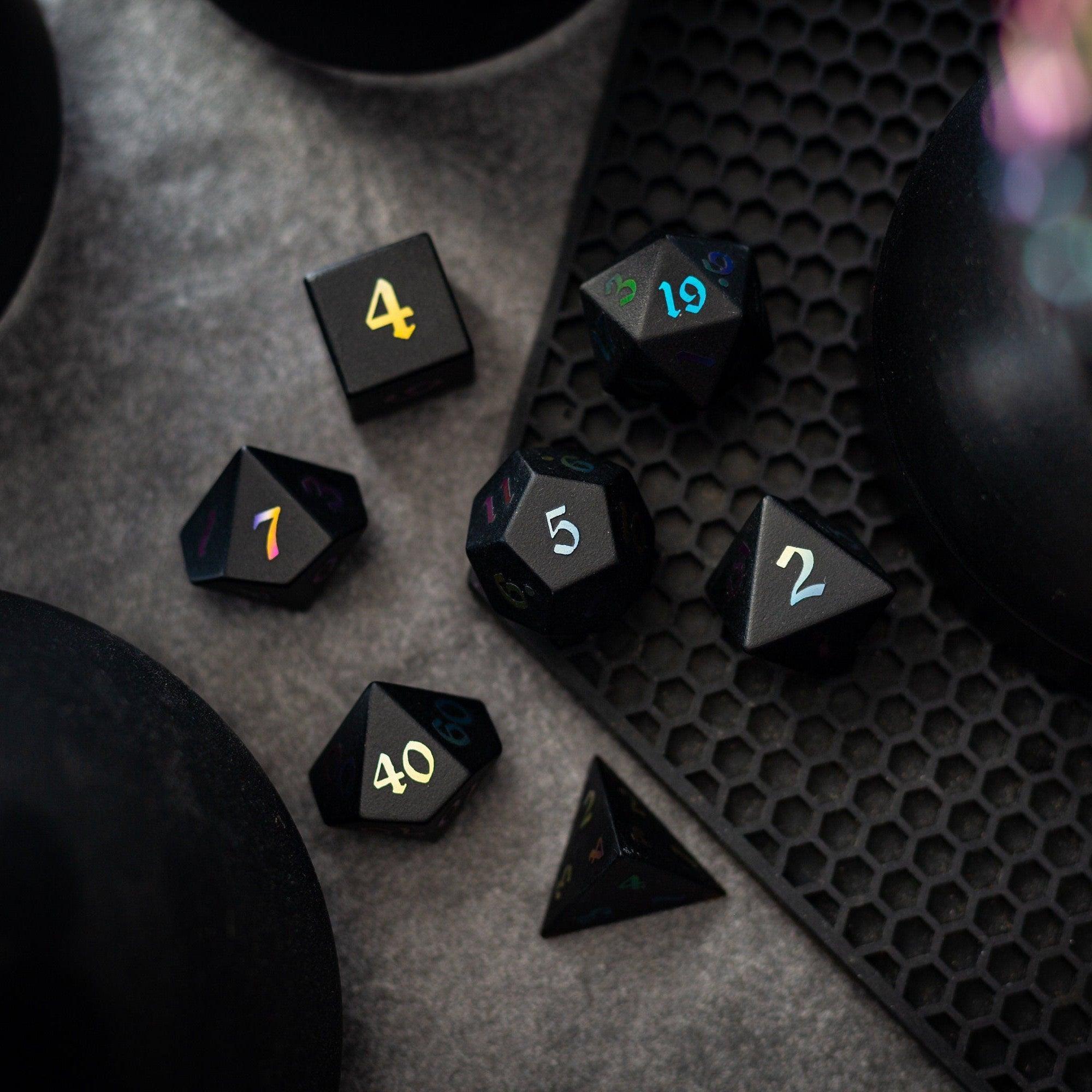
Leave a comment
This site is protected by hCaptcha and the hCaptcha Privacy Policy and Terms of Service apply.